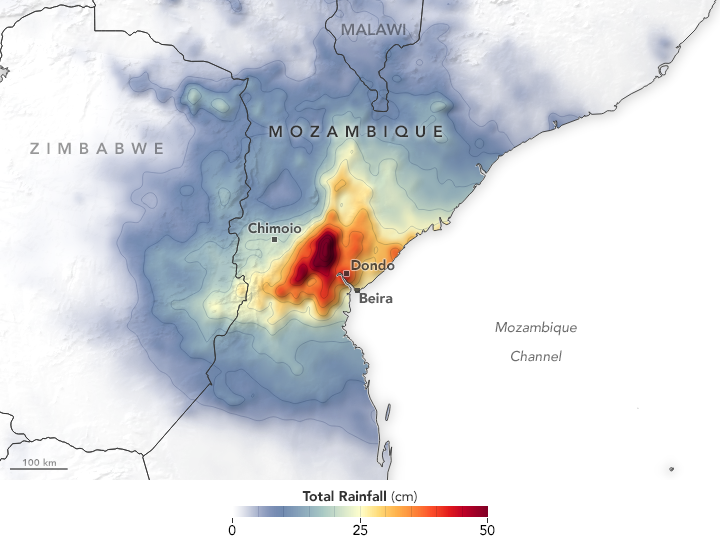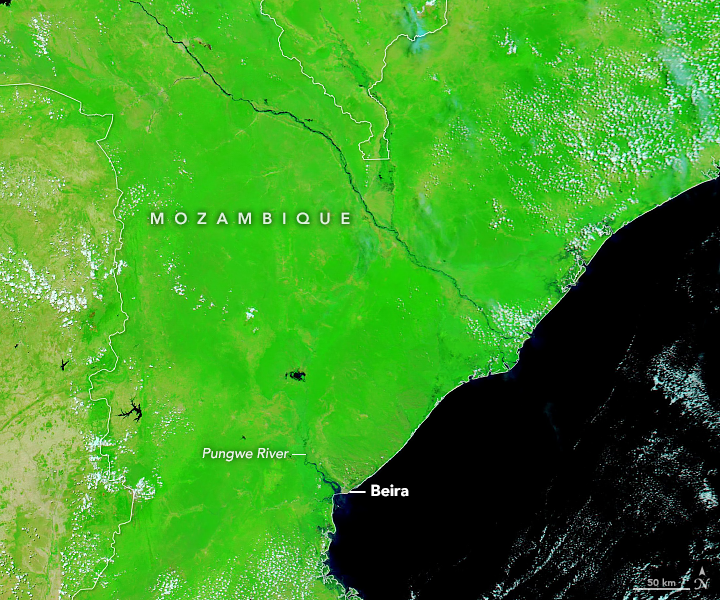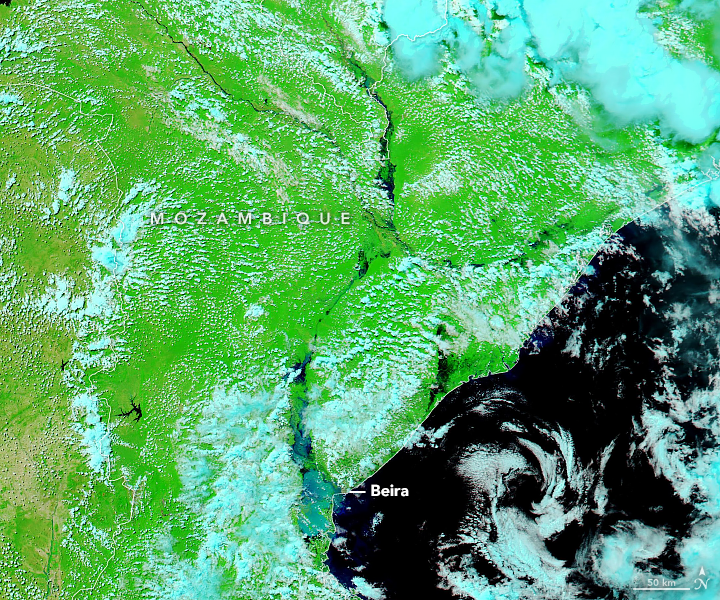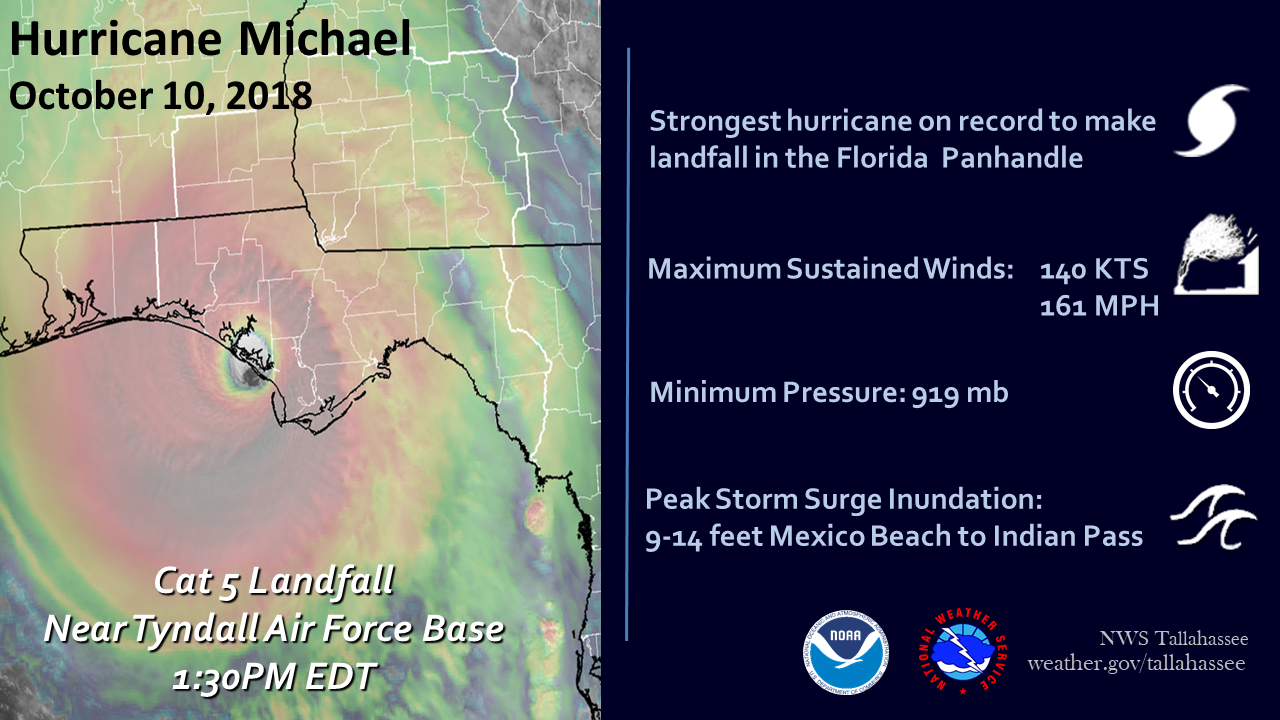Archive for the ‘Tropical cyclones’ Category
More than 30,000 people were evacuated from high-risk areas in Mozambique ahead of Tropical Cyclone Kenneth and 70,000 people are still at risk.
Friday, April 26th, 2019CNN
“……The storm built up on Wednesday, with a wind speed of 140 kph (85 mph), and intensified as it moved over the Comoro Islands and later struck Mozambique.
Tropical Cyclone Kenneth (currently a Cat. 4) to strike Mozambique’s northern province Thursday evening local time.
Thursday, April 25th, 2019


No tropical cyclone of hurricane strength has made landfall over the northern #Mozambique province of Cabo Delgado in the modern record (50 years). Intense Cyclone #Kenneth expected to make landfall here later today. pic.twitter.com/3UkQhDXBAv
— Met Office Storms (@metofficestorms) April 25, 2019
Hurricane Michael, which barreled into the Florida Panhandle in October, was actually a Category 5 storm when it hit the coast
Sunday, April 21st, 2019The United Nations Office for the Coordination of Humanitarian Affairs (OCHA) updates Idai
Sunday, March 24th, 2019
Tropical Cyclone Idai made landfall during the night of 14 to 15 March 2019 near Beira City, Sofala Province, in central Mozambique. The cyclone brought torrential rains and winds to Sofala, Zambezia, Manica and Inhambane provinces. The city of Beira, in Sofala Province of central Mozambique, lost communication. The full impact of the cyclone is yet to be established. However, initial reports indicate loss of life and significant damage to infrastructure in Beira and surrounding areas.
Cyclone Idai continued across land as a Tropical Storm and hit eastern Zimbabwe with heavy rains and strong winds. The storm caused high winds and heavy precipitation in Chimanimani and Chipinge districts causing riverine and flash flooding and subsequent deaths, destruction of livelihoods and properties.
Mozambique
As of 21 March, at least 242 people have died and more than 1,400 have been injured in the aftermath of the Cyclone Idai weather system, according to the Government. The death toll is expected to continue to rise in the days ahead. Health and education facilities have suffered significant damage, with more than 2,800 classrooms and 39 health centres impacted by the cyclone and floods.
The Government of Mozambique has issued a Note Verbale formally requesting international assistance, including for all elements of the humanitarian response – food, shelter, education, health and non-food items, as well as logistical support, including air assets, boats and communications.

More than 17,400 houses have been totally destroyed (11,025), partially destroyed (4,363) or flooded (2,056), according to government reports. In addition, more than 385,300 hectares of crops have been damaged, which will impact food security in the months ahead, particularly as the losses coincide with the annual harvest period.

Zimbabwe
On 16 March, Cyclone Idai hit eastern Zimbabwe with heavy rains and strong winds. The storm caused high winds and heavy precipitation in Chimanimani and Chipinge districts causing riverine and flash flooding and subsequent deaths, destruction of livelihoods and properties.
As of 18 March, the flooding caused by the Tropical Cyclone Idai weather system continues to cause massive destruction, with heavy rains ongoing in Manicaland and Masvingo provinces of Zimbabwe. The hardest-hit district of Chimanimani remains inaccessible as heavy rains have damaged roads and main access bridges have been washed away.
At least 82 deaths and over 200 injuries have been reported, mainly in Chimanimani, and 217 people are reportedly missing. Chimanimani mortuary is reportedly full. At least 923 homes have been destroyed in Chimanimani, Mutasa, Mutare, Chipinge, Buhera, Chikomba, Gutu and Bikita districts. In Chimanimani alone, eight bridges have been destroyed.
Malawi
Cyclone Idai impacted more than 840,000 people, according to the Government, with 56 deaths and 577 injuries recorded. More than 94,000 people are estimated to be displaced, while rapid needs assessments continue in the hardest-hit areas to verify initial estimates and determine the number of people in need of immediate humanitarian assistance.
Satellite imagery shows Chikawa district as particularly affected.
Cyclone Idai and its floods around southern Africa have killed at least 732 people and left thousands in desperate need of help, many on rooftops and trees.
Sunday, March 24th, 2019The floods from Cyclone Idai came and stayed.
Thursday, March 21st, 2019“……Nearly a week after southern Africa was hit by one of the worst natural disasters in decades, it was all rescue workers could do to try to reach the victims, let alone count them.
People were clinging to trees, desperately waiting for some form of rescue. Around them, the remnants of homes sat in piles, collapsed as easily as if they had been houses of cards. Hundreds of thousands of people in Mozambique alone were displaced.
And everywhere there was a vast inland sea where once there had been land.…..”
Tuberculosis, Hurricane Maria, and Puerto Rico, 2017
Thursday, January 24th, 2019“On September 20, 2017, Hurricane Maria made landfall in Puerto Rico as a Category 4 storm, with sustained winds of 130–156 miles per hour, and 15–40 inches of rain causing catastrophic flash floods. The storm destroyed electricity and communication systems, left large areas without water service, and caused widespread damage to critical infrastructure, transportation, health care, and agriculture. On the sixth day after the event, 58 (84%) of 69 hospitals on the island had no electric power or fuel for generators (1). The devastation led to declaration of a major disaster, just 10 days after a similar declaration for Hurricane Irma, a Category 5 storm that left 1 million Puerto Ricans without electricity after its center passed approximately 57 miles north of Puerto Rico (2,3). Although the island’s entire population was affected by Hurricane Maria, the poorer, more remote, and economically disadvantaged communities, as well as those with larger numbers of bedridden and elderly persons, fared worse (4) because they had less access to already depleted health care services, more fragile homes, and no alternative means for electricity generation…….”
Pharmacy Needs After a Natural Disaster — Puerto Rico, September–October 2017.
Thursday, January 10th, 2019Lavery AM, Patel A, Boehmer TK, et al. Notes from the Field: Pharmacy Needs After a Natural Disaster — Puerto Rico, September–October 2017. MMWR Morb Mortal Wkly Rep 2018;67:402–403. DOI: http://dx.doi.org/10.15585/mmwr.mm6713a4.
- After Hurricane Ivan made landfall near Mobile, Alabama, in 2004, an assessment of its impact on pharmacies in the affected areas found that 53% had depleted supplies and at least 26% had to prioritize distribution to patients because of limited supplies
- A 2005 study of Hurricane Katrina evacuees in San Antonio, Texas, found that disaster medical assistance teams were more prepared to provide for acute than chronic illnesses although more than two thirds (68%) of patients requested drugs to treat chronic conditions
- On September 20, 2017, Hurricane Maria made landfall in Puerto Rico as a Category 4 hurricane. Five days later, only approximately 29% of pharmacies reporting to Healthcare Ready, an organization that provides information on access to pharmacies during an emergency, were open.
- During June–August 2017, the top categories of drugs prescribed were for
- cardiovascular (average = 21% of prescriptions filled),
- psychiatric (12%), and
- analgesic (10%) drugs.
- Among the cardiovascular drugs prescribed, a majority were angiotensin II receptor antagonists (29%), beta blockers (20%), and angiotensin-converting enzyme (ACE) inhibitors (18%).
- The most frequently dispensed individual drugs were thyroid replacement hormones (230,324 prescriptions dispensed, 5% of total dispensed), gabapentin (144,114 prescriptions dispensed, 3% of total), and metformin (141,734 prescriptions dispensed, 3% of total).
- Ninety percent of prescribed drugs were for oral administration.
- The IQVIA database used in this analysis is limited to retail facilities and does not include hospitals or other institutions such as nursing homes.
- Furthermore, some critical drugs might not be represented in this data set, including insulin, which can also be purchased over the counter; hence, some of the prescribed quantities in this data set could be an underestimate of medication needs. Although insulin was not a most frequently purchased or prescribed drug, it is a daily need for persons with insulin-dependent diabetes and should be prioritized.
- To have a more complete picture of important drugs that might be needed after a disaster, multiple data sources, including drug sales data to hospitals, clinics, and nursing homes, as well as information provided by third-party claims adjudication data, could be analyzed to inform public health activities and guide collaborations with drug suppliers to respond to and recover from large-scale disasters.
12/4/2012: Bopha, a Category 5 typhoon nicknamed “Pablo,” struck the Philippines and the flood waters destroyed entire villages and killed over 1000 people
Tuesday, December 4th, 2018https://www.youtube.com/watch?v=MmIXVIPu4Ws



